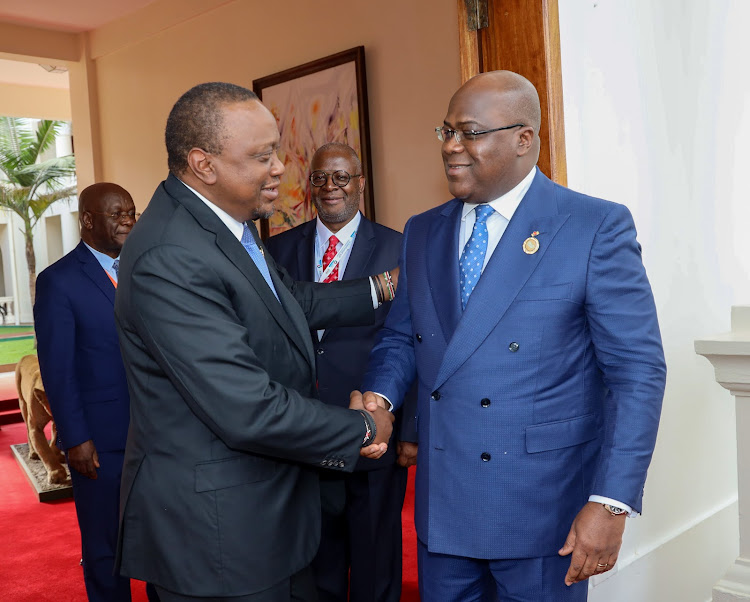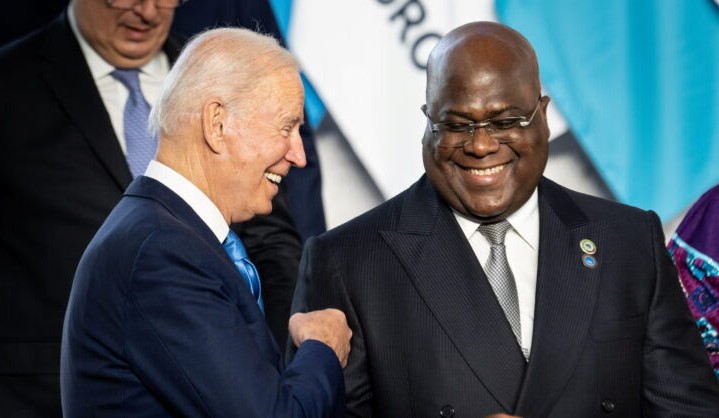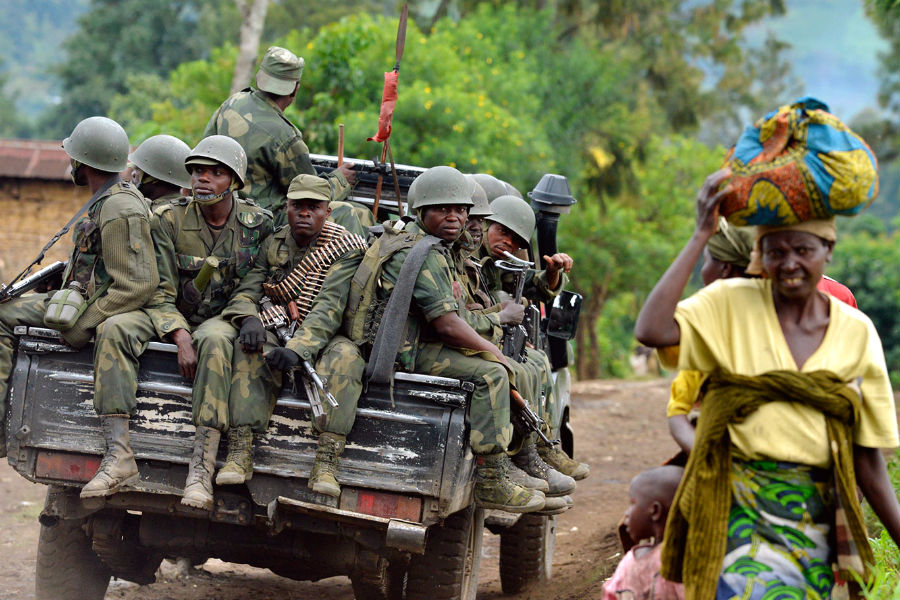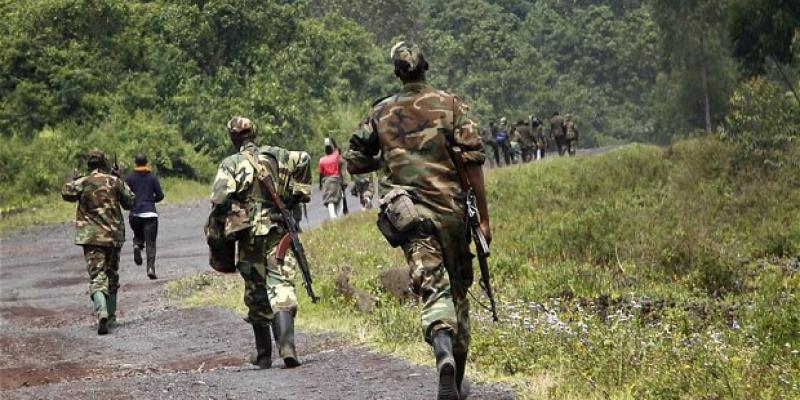Regional
DRC: Does Lutundula know the real situation of his country?
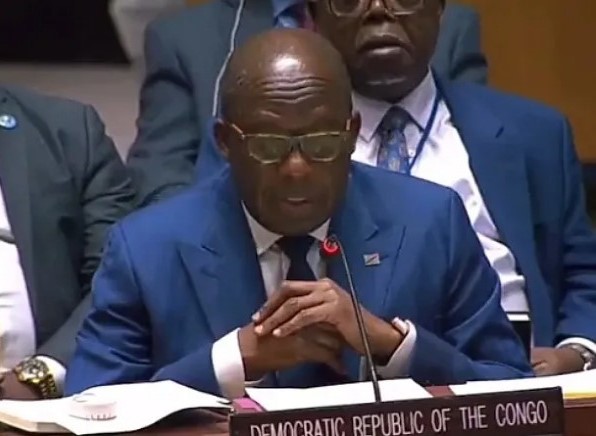
The
Government of the Democratic Republic of Congo has been linking its insecurity
and human rights violations to Rwanda, a narrative echoed by Christophe
Lutundula, the country’s Vice Prime Minister and Minister of Foreign Affairs,
during a presentation of the situation in his country at the UN Security
Council, on December 9.
It
has been a tradition for Congolese leaders to blame their failures on Rwanda.
According
to the United Nations Joint Human Rights Office (UNJHRO) report of October,
more than half of the crimes documented were committed by the Congolese army,
Police and Intelligence agencies. Among 44 crimes committed in August, 14
accounting for 32 per cent, were committed by the national police force, nine
crimes representing 20 per cent were each committed by FARDC and the Congolese intelligence
agency, six crimes accounting for 14 per cent by armed groups, while other
agents committed six crimes which represents 14 per cent of the total crimes.
The
UNJHRO report shows the true image of Congolese regular forces and that is why
many people in DRC form local armed groups to defend themselves against the
regular army.
When
Bintou Keita, the Special Representative of the Secretary-General in the country
and Head of the United Nations Organization Stabilization Mission in DRC,
MONUSCO, presented a situational report on the country, Lutundula who was at UN
Security Council failed to respond to Rwanda’s concerns on the hate speech,
xenophobia and killings targeting the Congolese Tutsi population, and
collaboration between the Congolese army and the Rwandan genocidal militia
forces, FDLR. The FDLR which was founded
by remnants of the perpetrators of the 1994 genocide against the Tutsi in
Rwanda now wear Congolese army uniforms and are marauding as they wish.
By blaming
all failures and insecurity on Rwanda, Lutundula indicated that he did not
understand what is really happening in the country he represents as Vice Prime
Minister and Minister of Foreign Affairs.
Many
human rights violations in DRC are happening every day and in locations very far
from Rwanda’s border.
Between August and October, at least 180
people lost their lives in inter-communal clashes in the west of the Democratic
Republic of Congo: 13 in Kwamouth territory of Mai-Ndombe province located in 2,800
kilometers from the Rwandan border, with 31 people killed on September 13.
The UNHCR,
the UN Refugee Agency, was alarmed by a surge of deadly intercommunal violence
which displaced thousands since July in the western locality of Kwamouth.
Clashes
reportedly started over customary taxes on agricultural land use between the
Teke and Yaka communities. More than 142 people were killed, including some who
were beheaded. As of October 6, some 27,000 – most of them women and children –
had been displaced by the violence and needed urgent assistance in Kwilu and
Mai Ndombe provinces. Another 2,600 people had sought refuge in the Republic of
the Congo after crossing the Congo River in canoes. Many became separated from
family members during their flight.
More
than 50 people were killed in clashes between two ethnic groups (the Twa
pygmies and the Luba people) near Kalemie (Tanganyika province) on August 4.
The death toll is the largest between the two groups in several months, and aid
workers said most of the casualties were Luba people.
UN
officials stated that the clashes exacerbated concerns that violence is getting
out of control in the DRC. Kalemie is located more than 500 kilometers from
Bukavu border.
Does
Lutundula remember when FARDC officers killed civilians while recording those
shameful acts? Kinshasa’s military justice officials announced on March 18,
2017, that they had arrested and charged seven soldiers suspected of killing at
least 13 alleged militia members in Mwanza Lomba, Kasai Central. The killings were
captured in a video posted on the internet on February 17, 2017.
Between
2016 and 2019 Kamwina Nsapu militia instigated violence against state security
forces in the provinces of Kasaï-Central, Kasaï, Kasaï-Oriental, Lomami and
Sankuru. The fighting began after the militia, led by Kamwina Nsapu, attacked
security forces in August 2016. The United Nations estimated that about 5,000
people had been killed overall during the fighting by August 2018.



